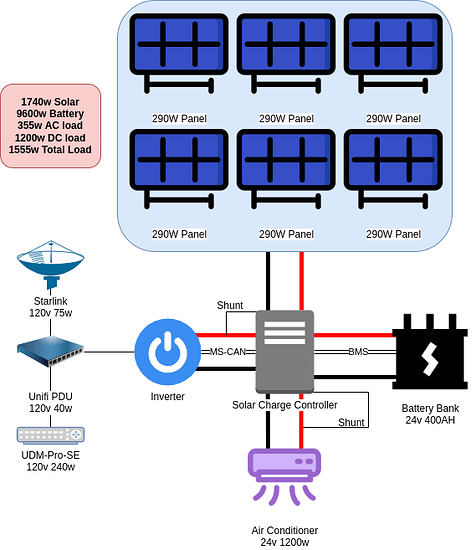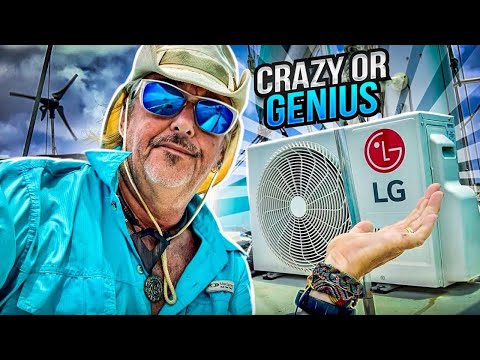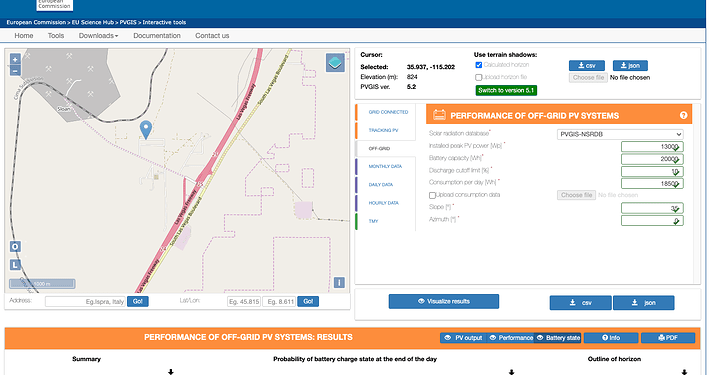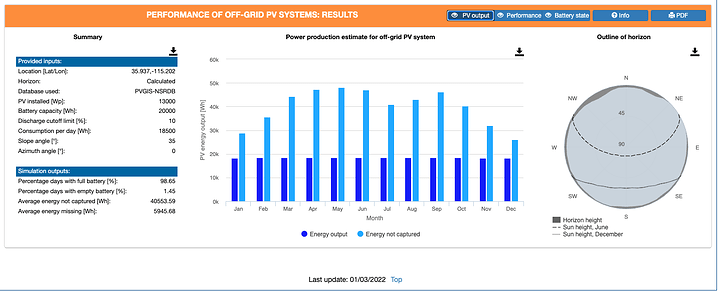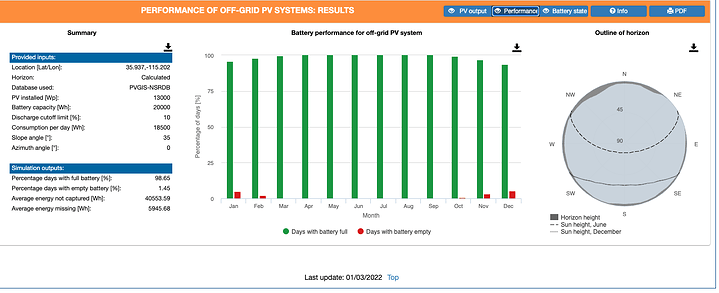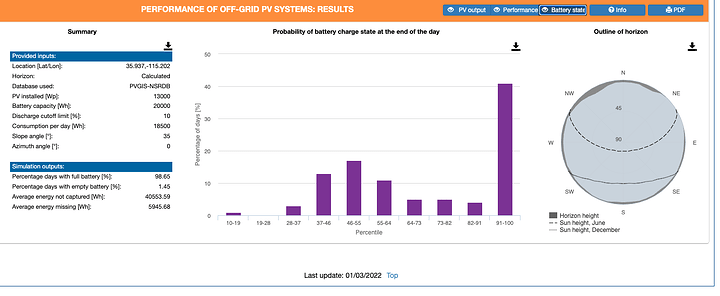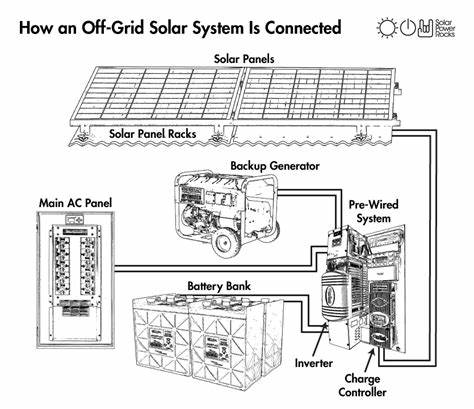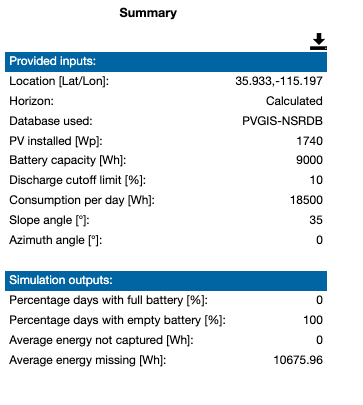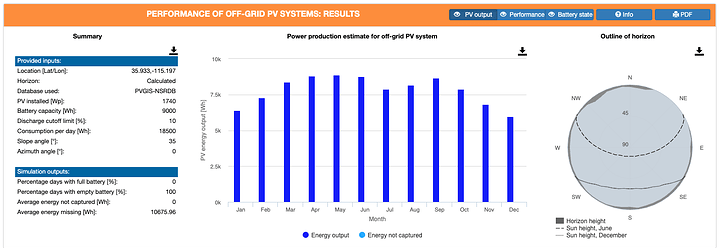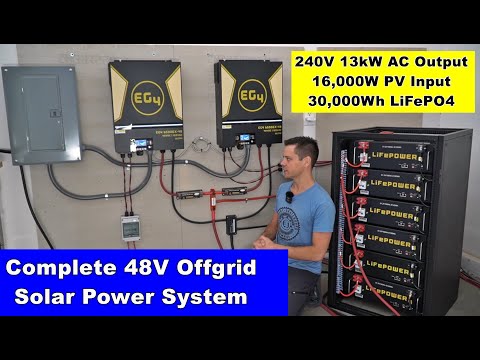Ok so I am in a bit of a bind here. Kind of a “more than one way to skin a cat” thing and I am trying to figure out a way forward.
Situation:
I am building a Starlink connected off-grid solar powered security and monitoring station. I have a 20’ container to work with. It is located near the Mojave desert where daytime summer temps can be extremely hot.
Conundrum:
Keeping this thing cool. So air conditioning is a must but I am trying to figure out the best way to go about it.
Current plan:
This is where I am at now. Problem is that the size of the solar array and the batteries are quickly ballooning to support the 24v DC A/C system. The container will have shade provided by the solar array on the roof and some sunshades set up on the exterior. It will also be insulated. According to this random calculator I found on the internet, I should only need 4500-5500 BTU to cool the entire container provided it is properly insulated. Even less if I constructed an insulated wall inside the container to reduce the sqft necessary to cool. So although the A/C unit can draw up to 1200w I don’t expect it to be necessary.
Now where the indecision comes in. I chose the 1200w A/C system because it was 24v DC and I expect it to be quite efficient running directly off the battery bank. However, Tripp-lite makes these rack cooling A/C units in 2k BTU and 7k BTU. The attractive qualities about these are that they are less BTU so not as “over spec”, easier to install, and they have a network card for remote control since no one will be onsite to monitor anything on a regular basis, potentially less battery and solar capacity required? The con’s, 120v AC power so I would need a properly sized inverter and would suffer more inefficiencies due to voltage conversion.
The equipment that will be inside is about 400w so lets say 500w for safety. That means to offset the equipment I only need about 1700 BTU. so 1700+4500=6200 BTU of cooling necessary to cool the entire container. Seems like that 7k BTU Tripp-lite unit is looking pretty good? Now what if we partition the container down to say 10ft? Even less. Now what if we just used the 2k BTU unit and mounted it directly on the rack and insulated the rack itself?
I hope my ramblings made sense here. I would really like some advice from anyone that has experience with either building solar systems or air conditioning or both.
